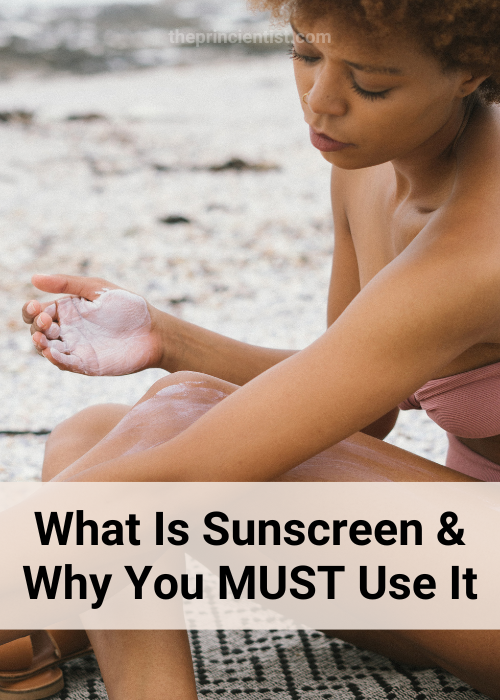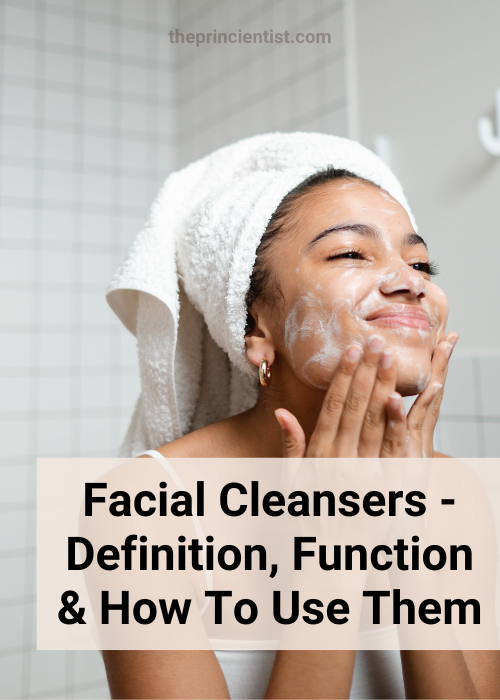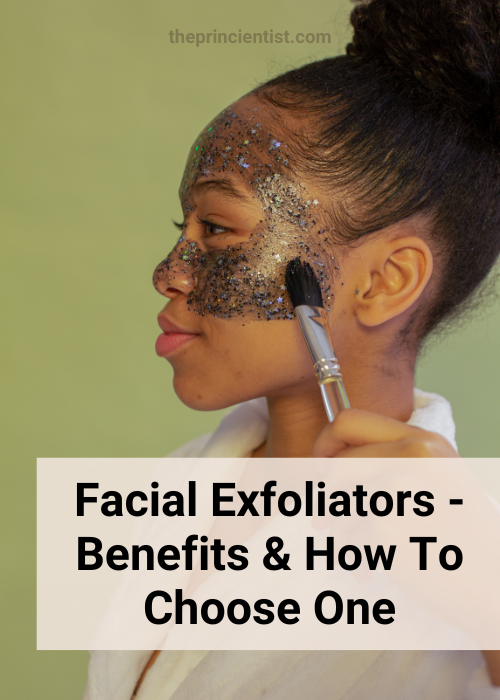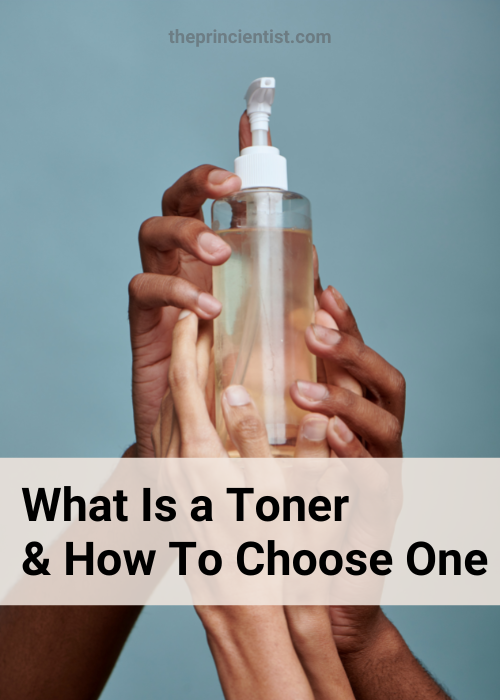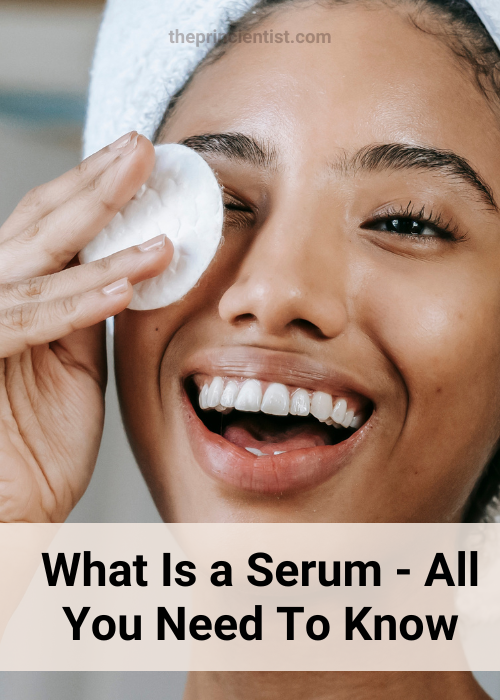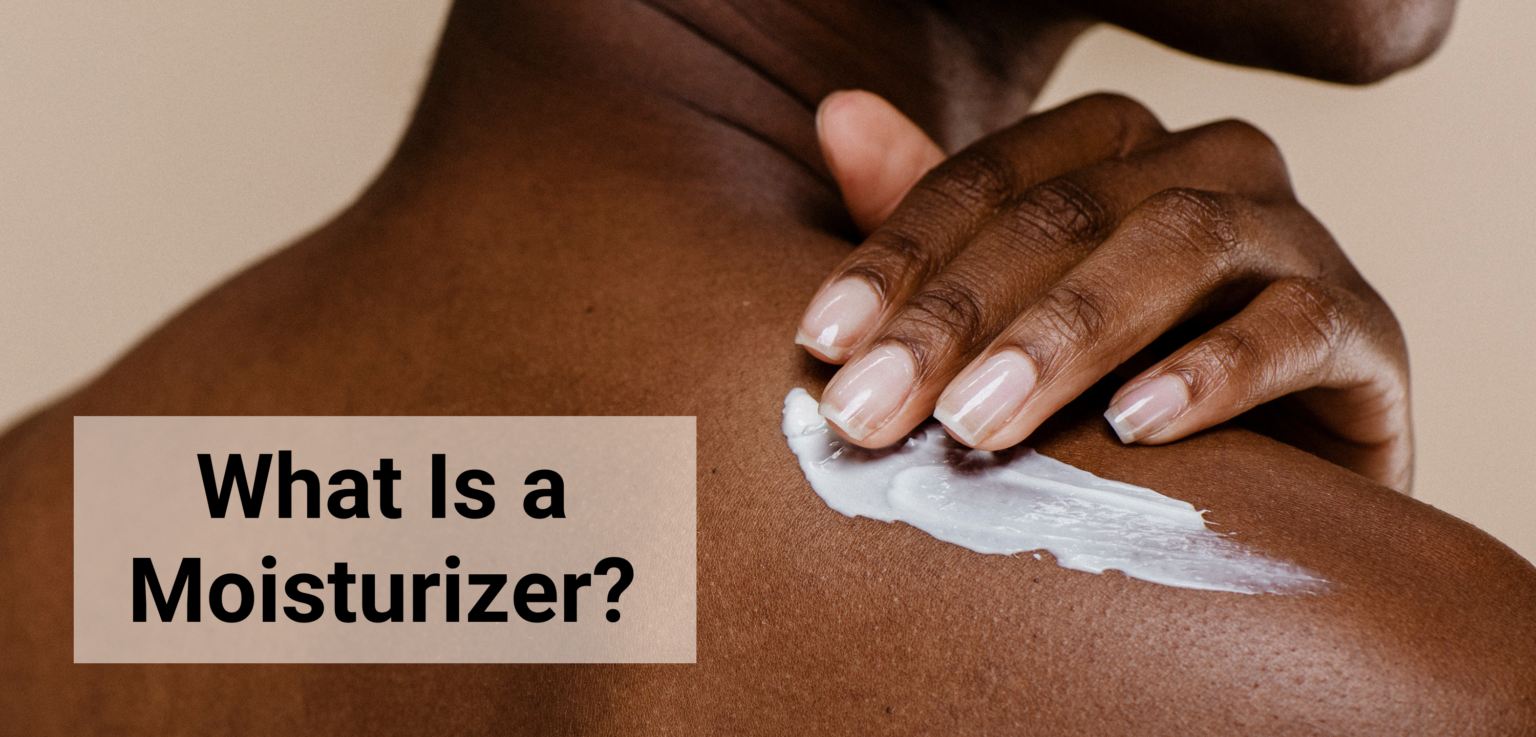
Protect Your Skin & Don't Stay Ashy
You will learn what is a moisturizer, what types of moisturizers exist and how to use them to keep your skin healthy.
This post is a complete guide to moisturizers.
Table of Contents:
- What is a moisturizer?
- Why moisturize?
- Do Moisturizers Hydrate? Difference between hydration a moisturization.
- What is the function of a moisturizer?
- How does a moisturizer work?
- Creams, Lotions and Oils – The 3 types of moisturizers
- Learn how to apply a moisturizer. Step-by-step Instructions
- What to do after using a moisturizer?
You can find all references used to write this post here.
What is a moisturizer?
There is no consensus on what is a moisturizer.
The term moisturizer was invented by marketers, to promote the function of the product to moisten the skin.
However, all moisturizers are a category of skincare products that prevent dryness in the skin.
Usually made with a mixture of water-soluble and oil-soluble ingredients.
Why moisturize?
You should moisturize to maintain your skin healthy and your skin barrier intact.
Dryness changes your skin’s appearance and texture.
It also causes discomfort like itch, tightness, and pain.
Psychological health is also affected when your confidence decreases.
Moisturizers work effectively to keep skin healthy, smooth, and comfortable and treat medical conditions when formulated with active ingredients.
Do moisturizers hydrate the skin?
What is the difference between hydration and moisturization?
Partially if they are formulated with water, but most moisturizers do not hydrate the skin.
You may have seen many websites using hydration and moisturization interchangeably, but they are not the same.
It is important to know the difference, so you avoid using the wrong products for your skin or the right products in the wrong order.
It would cause your skincare routine to fail.
Hydration = water
Moisture = Oil
If your skin is dehydrated it lacks water. If your skin is dry, it lacks oil.
Having dry skin is based on genetics.
Dehydrated skin is a skin condition that any skin type can suffer from, and it is treatable with the right products.
If your skin lacks oil, you need a moisturizer.
If your skin is dehydrated you need a hydrator, usually a humectant like aloe vera, or glycerine that can be found in gels or serums.
These humectants help bring and bind water into the skin, allowing the skin to absorb it.
You must first hydrate your skin and then moisturize it for your skincare routine to work.
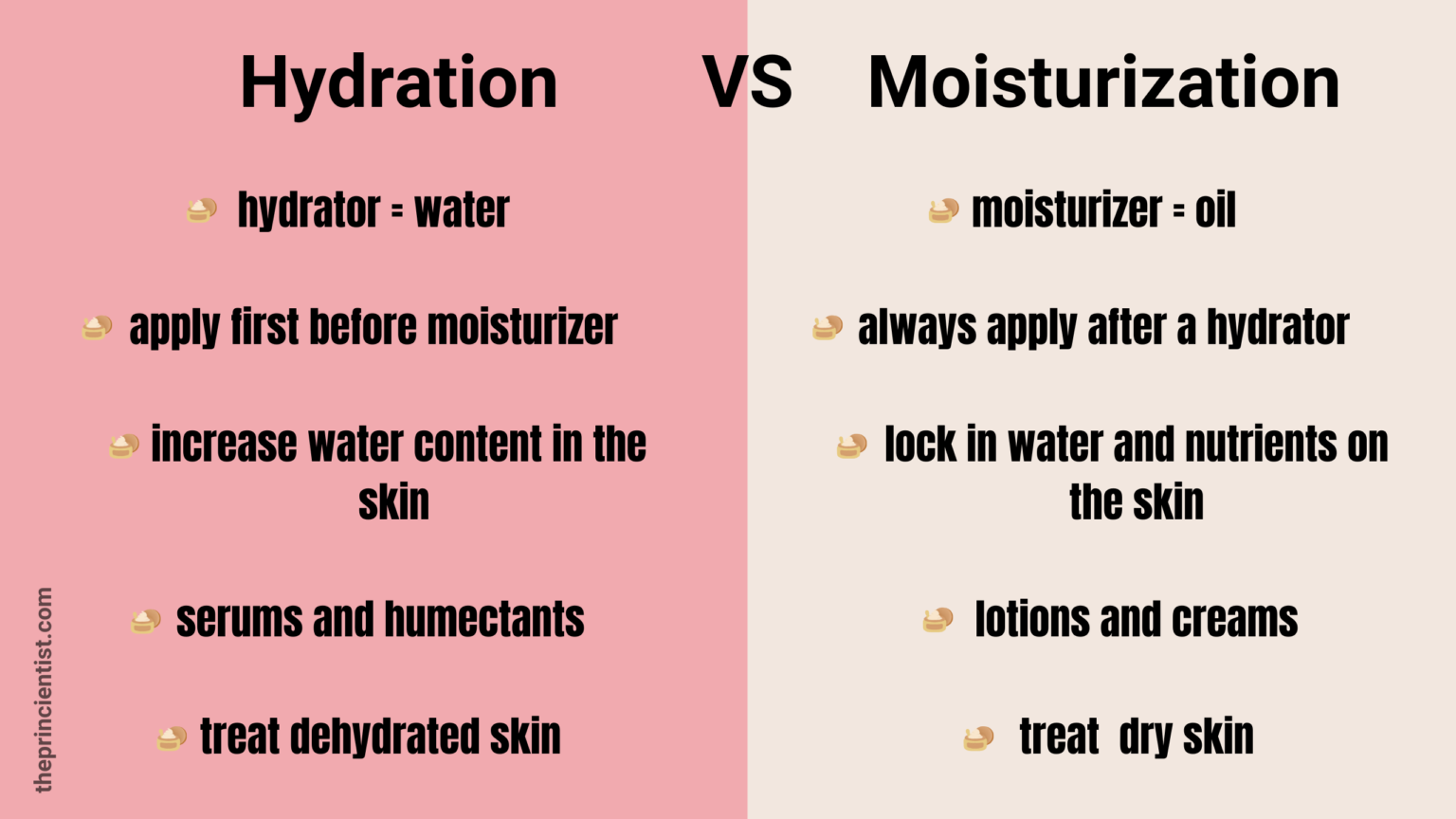
What is the function of a moisturizer?
The main role of moisturizer is to trap water and nutrients in the skin and prevent them from escaping.
In normal skin, sebum (skin’s natural oil) naturally moisturizes the skin.
But when your skin produces small amounts of sebum, you lose water through a process called transepidermal water loss (TEWL).
Using a moisturizer stops water from evaporating avoiding dryness.
A moisturizer also fills in the gap between your skin cells (the reason why skin feels smooth) and creates a protective barrier against environmental irritants.
Depending on the ingredients a moisturizer can repair the skin barrier, and deliver anti-aging, anti-inflammatory and brightening ingredients.
Treatment moisturizers alleviate discomfort from certain skin conditions such as dermatitis and eczema.
Moisturizers improve skin barrier repair and maintain skin’s integrity and appearance by acting as humectants, emollients, and occlusives, each with its mechanism of action.
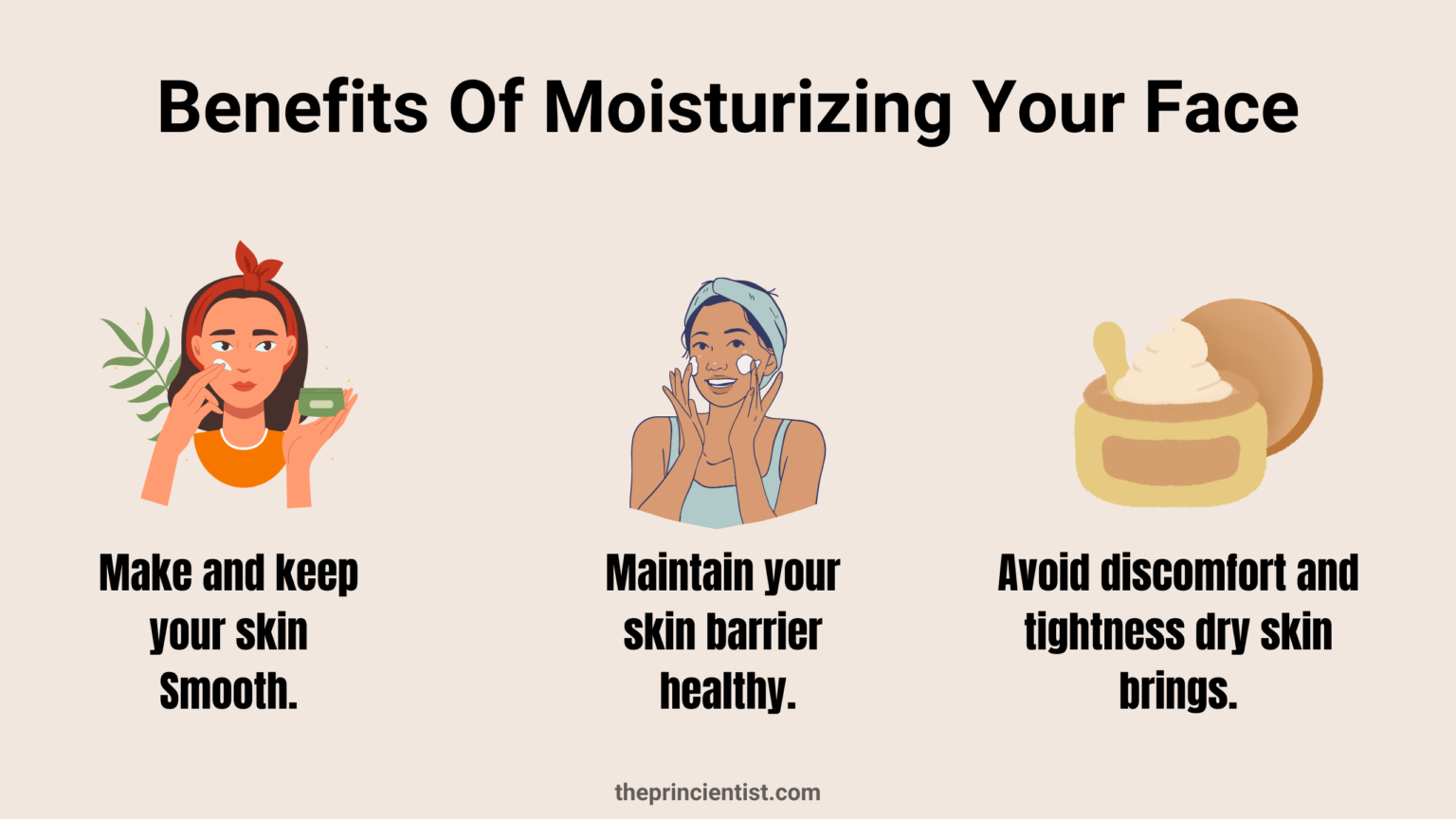
How does a moisturizer work?
A moisturizer functions simultaneously as a humectant, an emollient and an occlusive.
Let me explain. I promise it is simple.
Humectants:
Humectants hydrate the skin by drawing water from the deepest skin layers and the air to the skin’s surface.
They are water magnets to the skin.
Examples: hyaluronic acid, glycerin, lactic acid, or urea.
SIMPLIFIED: humectants bring water to the skin
Emollients:
Emollients fill in gaps between skin cells which is why it feels smooth to the touch.
Examples: ceramides, cocoa butter, collagen, dimethicone, lanolin, mineral oil, shea butter, or jojoba oil.
SIMPLIFIED: emollients make skin soft.
Occlusives:
Occlusives form a protective coat on the skin surface to prevent water loss. This barrier allows water to go from the deep layers of the skin to the skin surface without evaporating.
Examples: beeswax, petrolatum, silicones, and petroleum jelly (vaseline).
SIMPLIFIED: occlusives create a sealing barrier on the skin surface and water cannot evaporate.
Many moisturizers can also have barrier-repair ingredients.
Barrier-repair ingredients:
Barrier-repair ingredients are lipids that are naturally present on healthy skin, but lack in dry skin.
When present in a moisturizer they replace natural ones that are lacking helping the skin barrier to function optimally.
Examples: ceramides and polyhydroxy acid (PHA) gluconolactone.
SIMPLIFIED: Your skin barrier is damaged that’s why you have dry skin. They help to fix the skin barrier that is damaged.
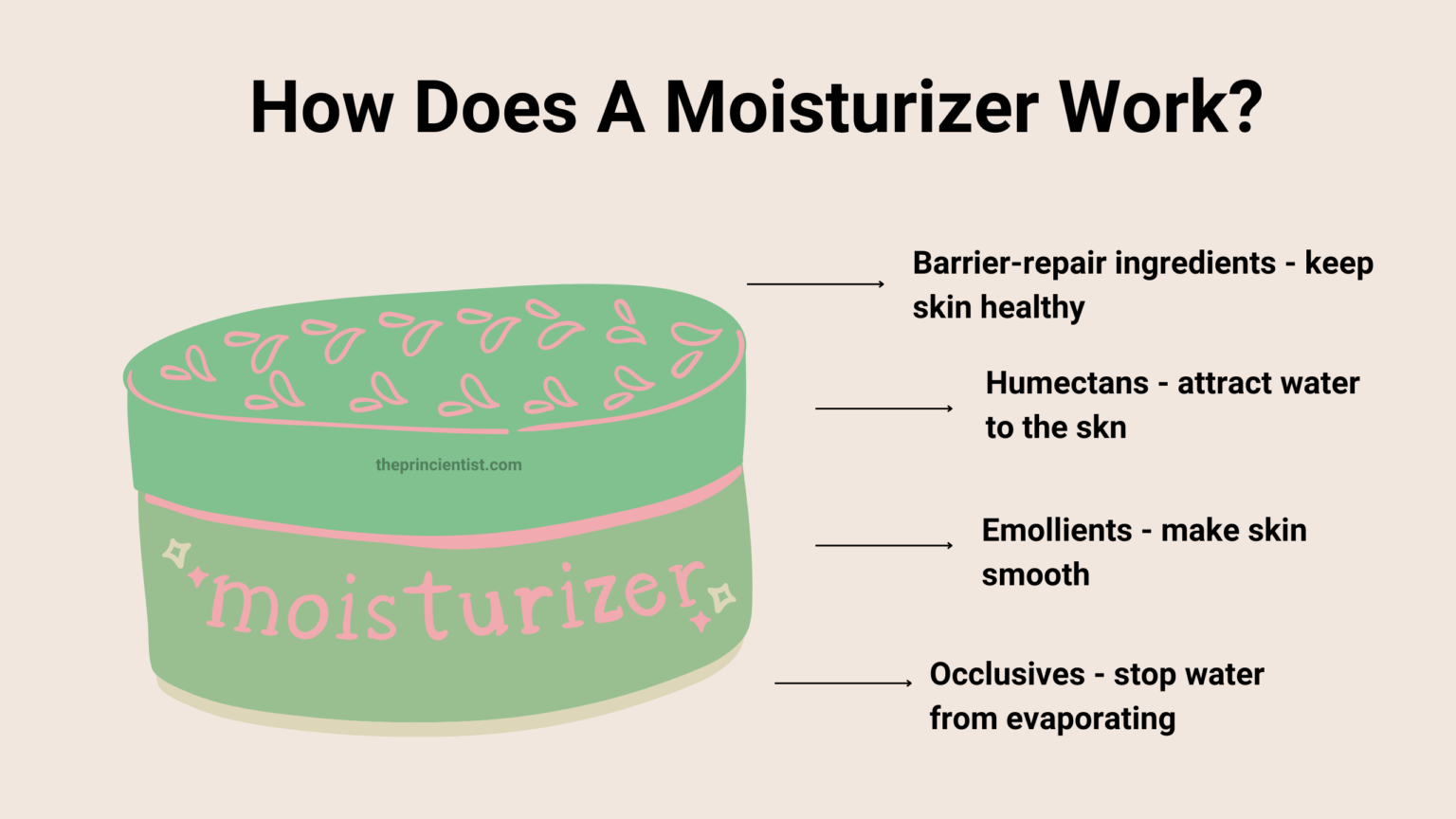
These 4 ingredients work together to:
– improve skin hydration and your skin’s water content by directly providing water to the skin from their water phase and humectants.
– increased occlusion reduces trans-epidermal water loss.
– it also covers small skin fissures, provides a soothing protective film, and protects skin from friction with emollients.
– prevents dry skin with barrier-repair ingredients.
Related: What Are Humectants? – The Secret to Treat Dehydrated Skin. (Coming Soon)
Related: What Are Occlusives in Skincare? (Coming Soon)
Related: What is an Emollient? (Coming Soon)
Related: Best Skin Barrier Repair Ingredients. (Coming Soon)
Creams, Lotions and Oils – The 3 types of moisturizers
Moisturizers are products that prevent dry skin, they are made of a mixture of water, water and oil, or just oil.
Depending on the water/oil ratio you have different moisturizing products, each with its guidelines for optimal use.
All these products are part of the moisturization process.
4 types of moisturizers exist: creams, lotions, gels, and oils.
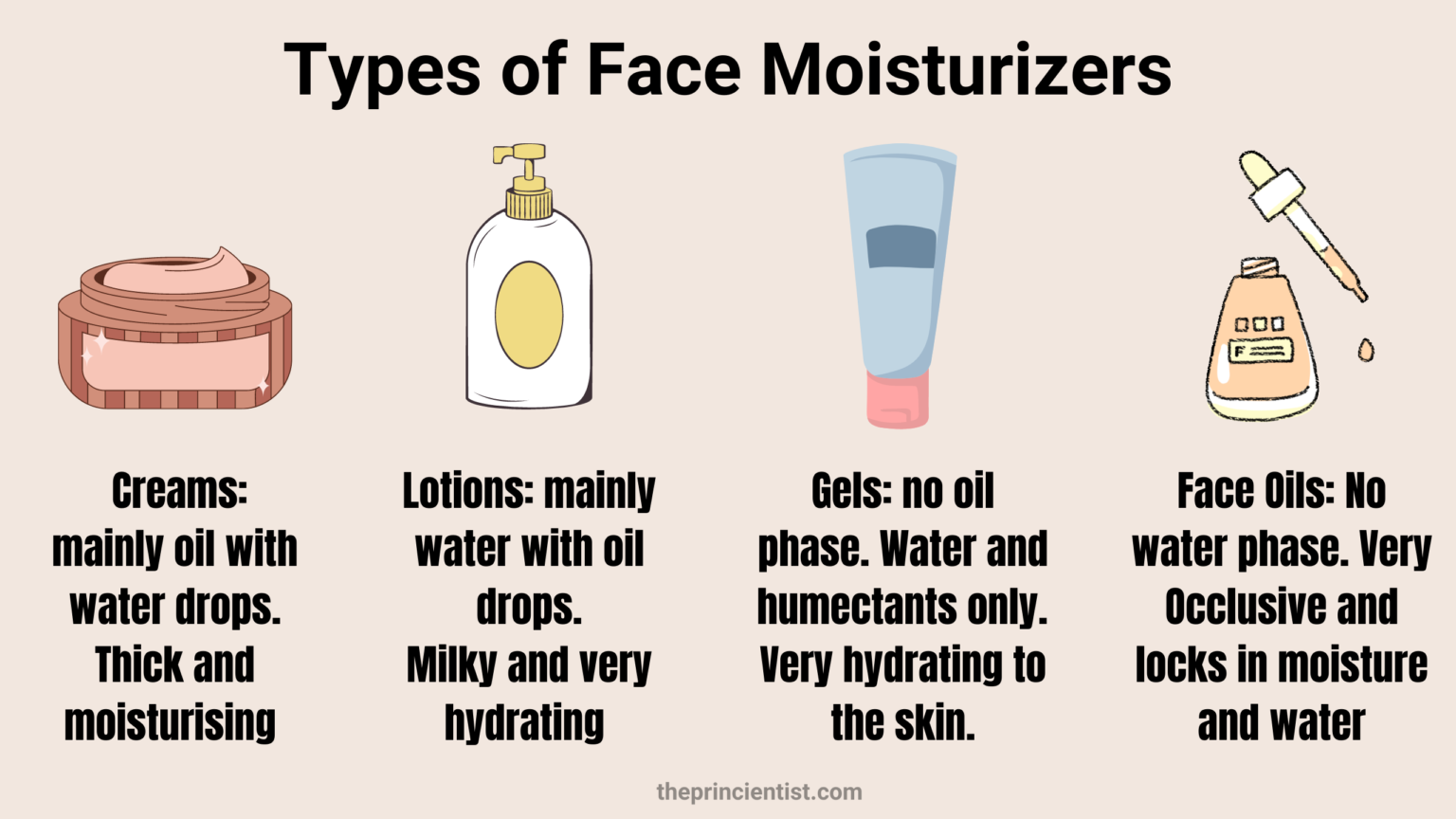
Creams:
Types of creams: anti-ageing cream, eye cream, night cream, day cream…
Some of them have cosmetic purposes, while some have medicinal purposes.
Formulation: They are a mixture of water and a higher percentage of oil. Water droplets mixed in oil.
Texture: Thick. Usually sold in a jar container because of its thickness.
Creams also feel greasier than most lotions because of their higher percentage of oil.
Ingredients: Most common ingredients are shea butter, hyaluronic acid, vitamin A (retinol), vitamin C, vitamin E, vitamin B5, ceramides, and SPF….
The addition of other ingredients depends on your skin type and skin condition.
See the “how to choose a moisturizer” section for detailed information.
When to use: Use during the cold, dry winter season.
Mostly for body use, but facial creams exist and should be non-comedogenic (made with oils that don’t clog pores).
Creams last longer on the skin, so they are good as night moisturizers. Incorporate creams into your skincare routine before bed.
Apply on damp skin after showering.
Skin Type: Because it provides a barrier that provides ultra-moisturization, it’s best for dry to very dry skin and for normal skin during the harsher winter months.
Dry and sensitive skin types can strengthen their skin barriers by using creams.
Lotions:
Types of lotion: medicinal lotions when used to deliver medications, moisturizing lotions, tanning lotions, cellulite reduction lotions, damage repairing lotions…
Lotions are applied for cosmetic or medicinal purposes.
Formulation: contains mainly humectants and is made to primarily hydrate the skin.
It is formulated with a mix of water and droplets of oil with a higher water content than creams.
Easily absorbed by your skin lotions but are not as occlusive, meaning they don’t lock in hydration as well as creams.
Texture: Lighter in texture than creams. Milky texture typically (body milk), non-greasy.
Due to its lower viscosity, it generally comes in bottles.
Ingredients: The most common ingredients are glycerin, aloe vera, and shea butter…..
The addition of other ingredients depends on your skin type and skin condition.
See the “how to choose a moisturizer” section for detailed information.
When to Use: Summer months and high temperatures.
Daytime moisturizer for face and body to apply on wet skin.
Skin Type: ideal for normal to oily skin because they are lightweight and have low oil concentrations.
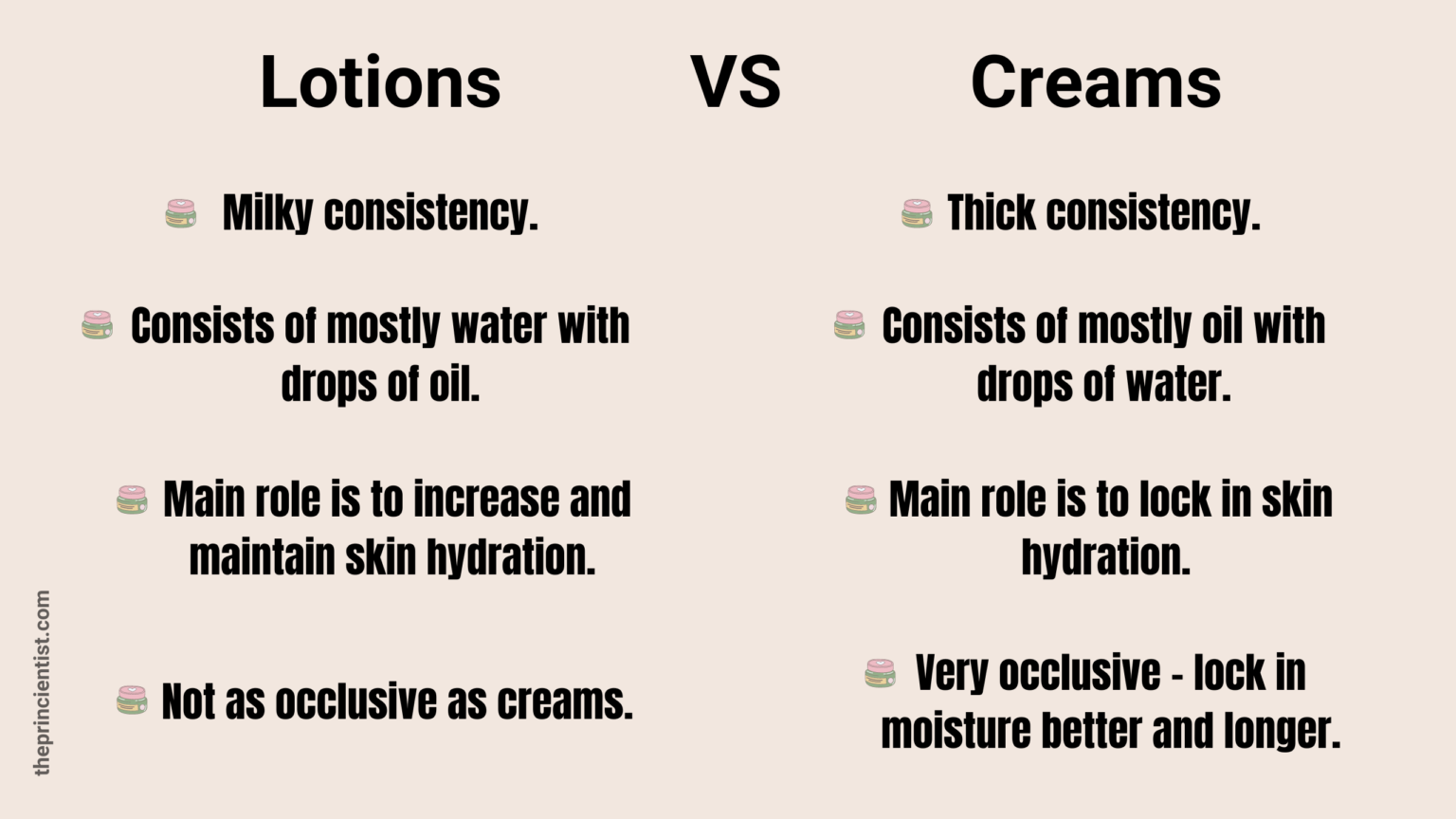
Both lotions and creams have a place in your skin-care routine.
But in the end, lotions mainly hydrate the skin making creams a better choice to be used regularly.
Creams, as opposed to lotions, lock in moisture better and for longer.
Gel Moisturizers:
Types of gel moisturizers: Soothing gel moisturizers, boost gel moisturizers, antioxidant gel moisturizers…
Formulation: exclusively water-based. It is an oil-free moisturizer, formulated mostly with humectants.
Compared with creams and lotions it is not dependent on occlusives or emollients.
Texture: a translucent formula that is non-greasy and non-oily. It hydrates and moisturizes without leaving a film or residue.
Due to its lightweight formula, a gel moisturizer is easily spread and absorbed.
Thinner consistency than lotions, and jelly-like texture.
Ingredients: Most common ingredients are humectants like hyaluronic acid and antioxidants.
Usually contains alcohol which is a drying ingredient.
The addition of other ingredients depends on your skin type and skin condition.
See the “how to choose a moisturizer” section for detailed information.
When to Use: Use gel moisturizers during the warmer months or in hot climates.
Moisturize twice a day to maintain hydration levels throughout the day.
Skin Type: good for all skin types except dry and very dry skin.
Due to its lightweight consistency, it is not very moisturizing and does not provide enough hydration.
Gel moisturizers are especially good for oily and combination skin types because it hydrates without adding more oil.
Its formulated ingredients are calming and soothing making it compatible with sensitive skin.
Face Oils:
Types of face oils: Argan oil, camellia oil, rosehip seed oil, grapeseed oil, and marula oils….
Formulation: made exclusively from either a single oil or a mixture of oils with oil-soluble ingredients.
No water or water-soluble ingredients are added.
Texture: oily texture. Should be fast absorbing without clogging pores.
Ingredients: oils are naturally filled with intrinsic essential nutrients.
Oil-soluble nutrients like essential fatty acids, vitamins A and C, lycopene, beta-carotene, and antioxidants are added.
When to Use: Depending on your routine you should use oil after applying a humectant or another moisturizer to the skin.
After applying the facial oil, a sealing barrier is created, and no other skincare products can penetrate the skin.
Oils lock in moisturizers and other nutrients.
Skin Type: Beneficial for all skin types, including oily and combination skins.
But it is important to remember that to get both hydration and moisturization, you can’t use just an oil.
Oils can moisturize the skin, but they cannot add any water content. Which means they are moisturizing but not hydrating.
You need a humectant to put water on the skin and the oil to help seal moisture in.
In case you are using face oils you need separate products for each action.
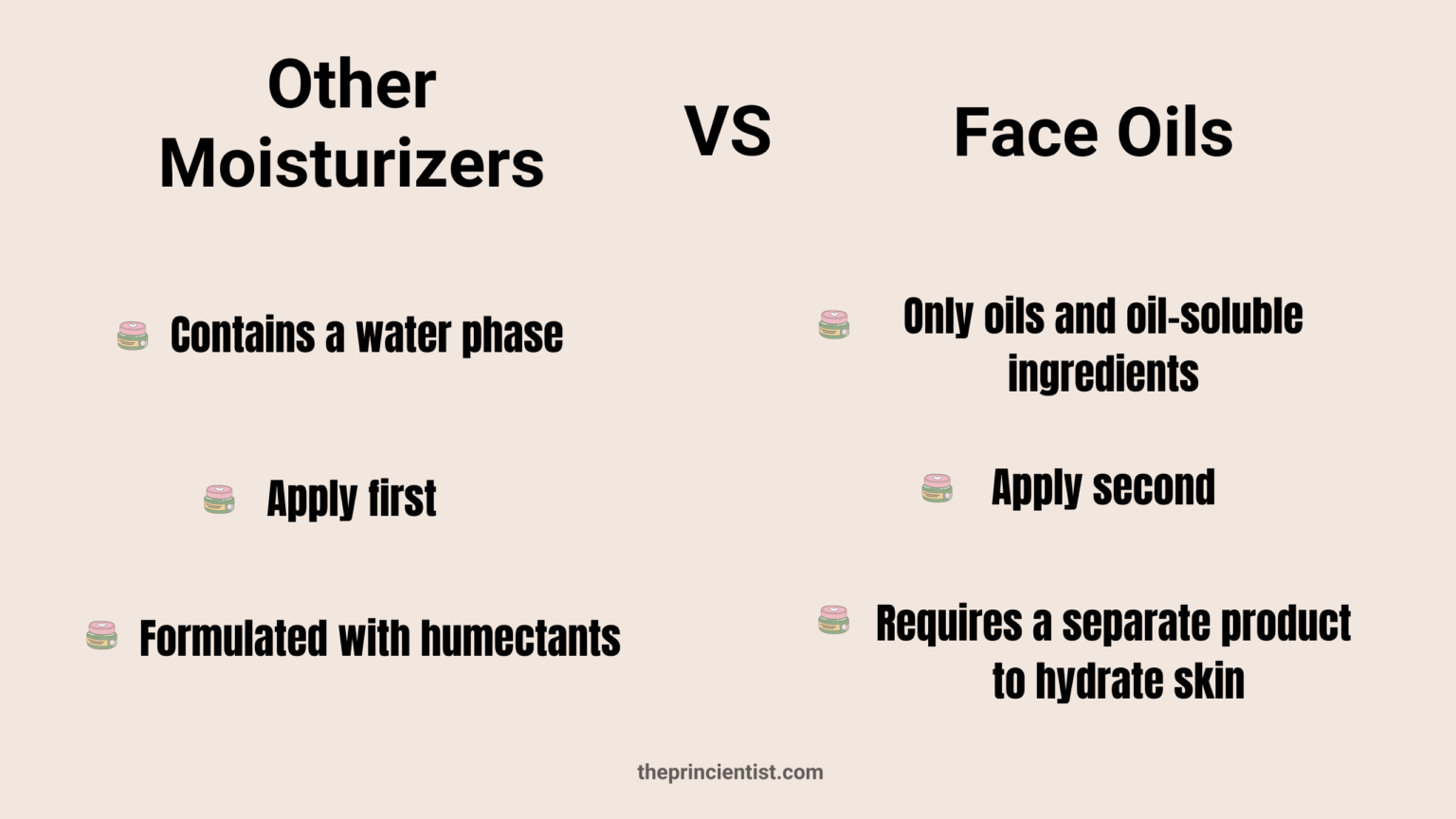
How often should you use a moisturizer?
You should use them twice a day – once in the morning and once in the evening.
They should also be used every time you cleanse and tone your face to stop your skin from getting dry.
General Guidelines:
– Always use apply water, or a humectant before moisturizing to avoid dehydrated skin.
– Check the label to verify if the moisturizer contains any exfoliating ingredients.
– Do your research on the active ingredients of your skincare products like serums, toners, and face cleansers to avoid incompatibility of ingredients.
– Do a patch test on your skin before applying the moisturizer all over your face.
Apply a pea-sized amount on your wrist or inner arm. If you see no signs of irritation in 24h you can gradually increase the frequency of use.
– If you see rashes, inflammation or any other signs of skin irritation stop applying the moisturizer.
Related: Day Moisturizer VS Night Moisturizer – The Difference. (Coming Soon)
How to choose a moisturizer?
When you are choosing a moisturizer, consider your skin type and skin condition.
Different skin types and conditions will demand different ingredients.
Skin Type:
Moisturizers are necessary for all types of skin types, including normal and oily skin.
Oily Skin:
This skin type produces excess oil.
The excess oil on the skin surface along with makeup and impurities clogs the pores of oily skin types causing acne and inflammation.
But you should still apply moisturizers. Not applying a moisturizer can make your skin oilier instead.
If you keep removing oil from your skin, your sebaceous glands will continue to produce oil to compensate.
When you apply a moisturizer that contains oil, your skin signals that the skin surface has enough amounts of oil and stops its excess production.
This is why facial oil is a good option for oily skin.
Look for light weigh oils that absorb fast into the skin like rosehip oil, marula oil or grapeseed oil.
Avoid coconut oil that will clog your pores.
In terms of moisturizers, oily skin has many options to choose from.
It is a matter of trial and error to figure out what works best for you.
Try gel moisturisers that are oil-free or lightweight lotions that are more hydrating.
Many lotions are formulated with exfoliating acids like mandelic acid or lactic acid that will help control excess sebum production while gently exfoliating the skin to unclog pores.
You can use face creams that contain oil if they are non-comedogenic – a word you need to become familiariar with.
It means that the oil ingredients won’t clog pores.
Dry Skin:
Dry skin produces a small amount of sebum (skin’s natural oil) which causes the skin to become dry.
Choose facial creams instead of lotions.
They should contain barrier-repair ingredients that lack on dry skin to restore the skin barrier.
Look for face creams that contain ceramides or niacinamide.
Your face cream should contain both oil and water ingredients.
Alternatively, add a humectant product to your skincare routine before applying the moisturizer to draw in water to the skin.
Hyaluronic acid serums, aloe vera gels or glycerin are good choices.
Soothing ingredients like vitamin E, are beneficial to calm sensitivity and inflammation that are common to dry skin types.
The oil ingredients in the cream like shea butter work to retain hydration on the skin.
You can also use face oils like argan or jojoba oils for this purpose.
Avoid fragrances and exfoliating acids (commonly formulated in lotions).
If your skin is extremely dry or cracked schedule an appointment with a board-certified dermatologist for specialized treatment.
Related: What is Slugging – A Cheap Remedy For Dry Skin. (Coming Soon)
Normal Skin:
This skin type has a balanced oil production. Your skin is not oily or dry.
You still need to use moisturizer to avoid dryness, irritation, rashes, or infections when your skin barrier gets damaged.
You can use any type of moisturizer.
But since normal skin is neither too dry nor too oily it is recommended you choose a moisturizer that maintains moisture balance.
Find the simplest moisturizer with little to no active ingredients.
Humectants like hyaluronic acid and urea are an exception and can be used.
Use a light lotion (no exfoliating ingredients) in the morning and a heavier cream at night before bed.
If your skin begins to feel dry use a thicker cream moisturizer on damp skin.
If your skin begins to produce excess oil, try a gel cream.
Combination Skin:
This skin type has parts of the skin that are oily and dry.
Choose a moisturizer that keeps oiliness balanced in all areas.
One option is to alternate between 2 moisturizers.
Use a lightweight moisturizer for the oily areas of the skin (usually the T-zone: forehead, chin and nose) like a lotion or gel moisturizer.
Use a heavier cream on other parts of the face.
Alternatively, you can consult with a board-certified dermatologist or your local aesthetician to find one product that moisturizes effectively.
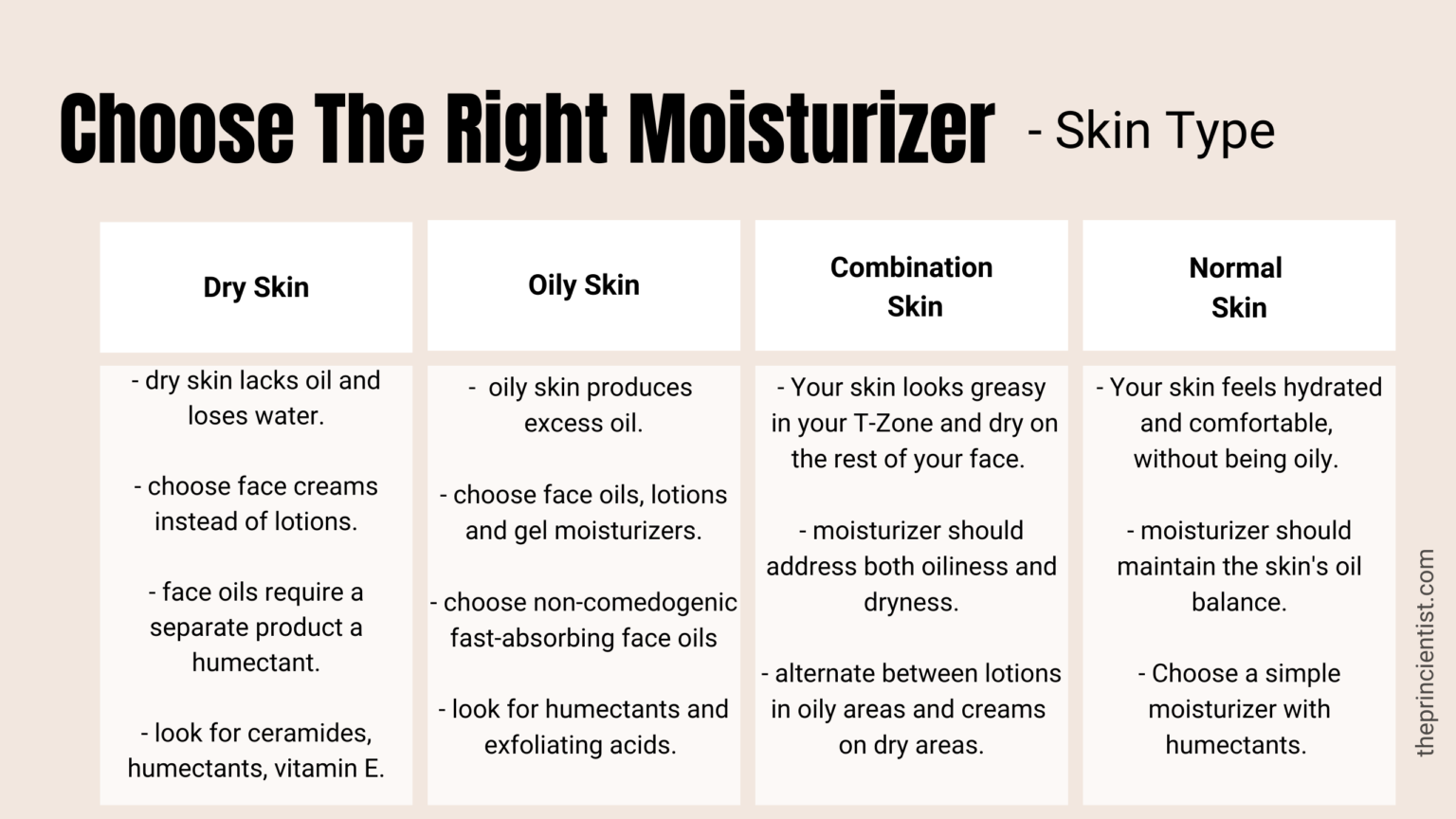
Skin Condition:
Skin condition refers to any skin problems you might have.
Depending on your diagnosis, the ingredients in your moisturizer will differ.
You need to know what desired effect you want to achieve to choose the correct ingredients.
I leave a table below to help you choose.
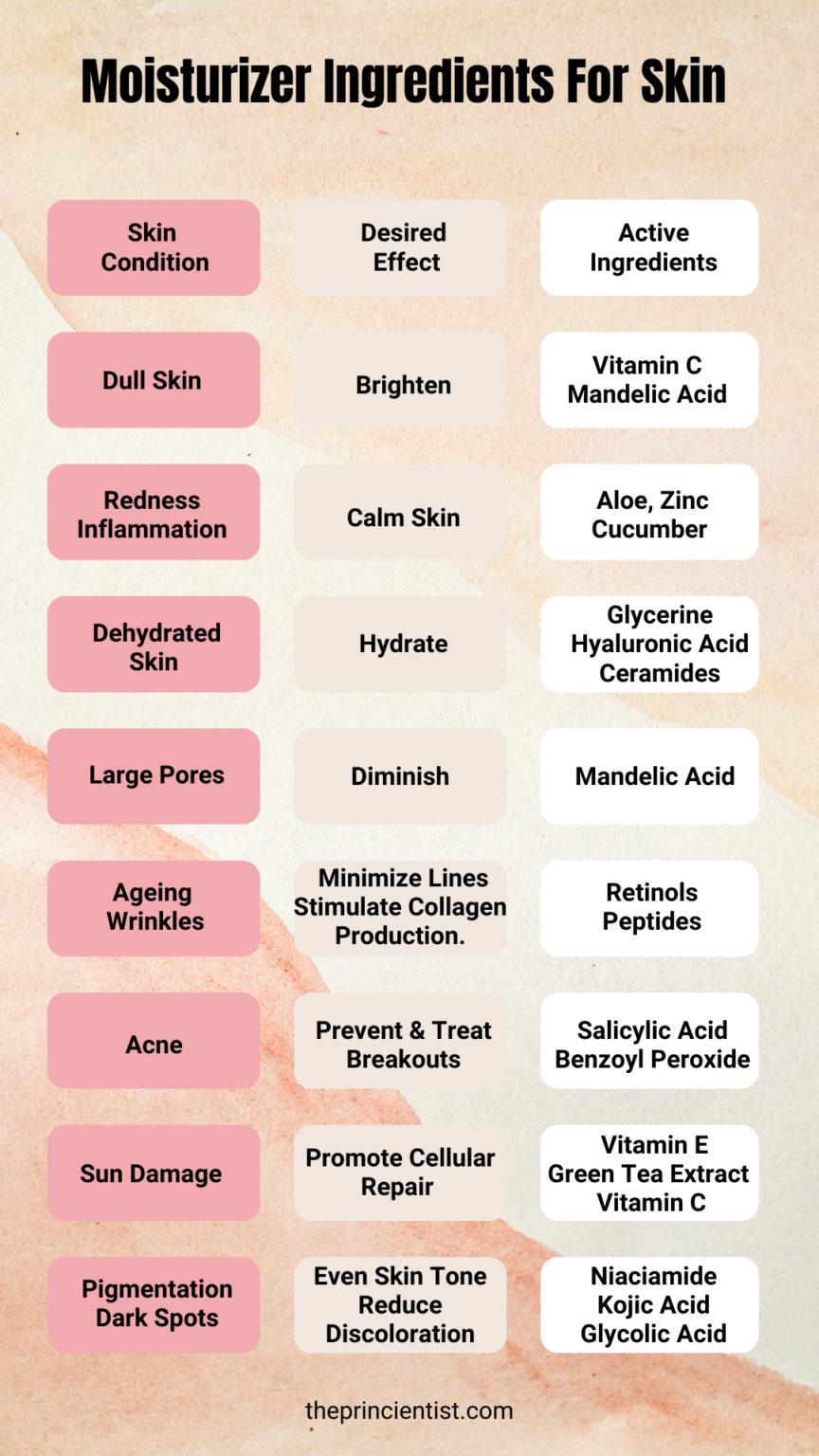
How to apply a moisturizer? – Step-by-step Instructions
- Cleanse your face.
- Apply a toner (optional).
- Apply any treatment products – like serums or prescribed creams (only if needed).
- If you skip the toner and serum make sure to always apply your face moisturizer on damp skin. The moisturizer will lock in the hydration to keep your skin plump and soft.
- If you apply a toner and a serum wait 1 minute for the serum to absorb into the skin and then apply a moisturizer.
- If you use any eye cream apply it first after the serum and before the moisturizer.
- For the eye cream apply a tiny amount onto your ring finger. Gently dab the cream under your eyes. Avoid pulling on the skin.
- Dispense the moisturizer onto the tips of your fingers.
- Apply moisturizer (lotion, cream, or oil) to your skin massaging it gently in circular motions and upward strokes.
- Massage in circular motions until it’s all absorbed. This step traps and locks in the water and active ingredients of your skincare products, to prevent any water loss.
- Apply a face oil if you are doing double moisturization. The use of face oil helps to keep moisture in the skin while creating a sealing protective barrier that protects from environmental damage.
Related: Double Moisturizing- Layer Moisturizers for Maximum Hydration.(Coming Soon)
Related: Eye Cream – Why Should You Use One. (Coming Soon)
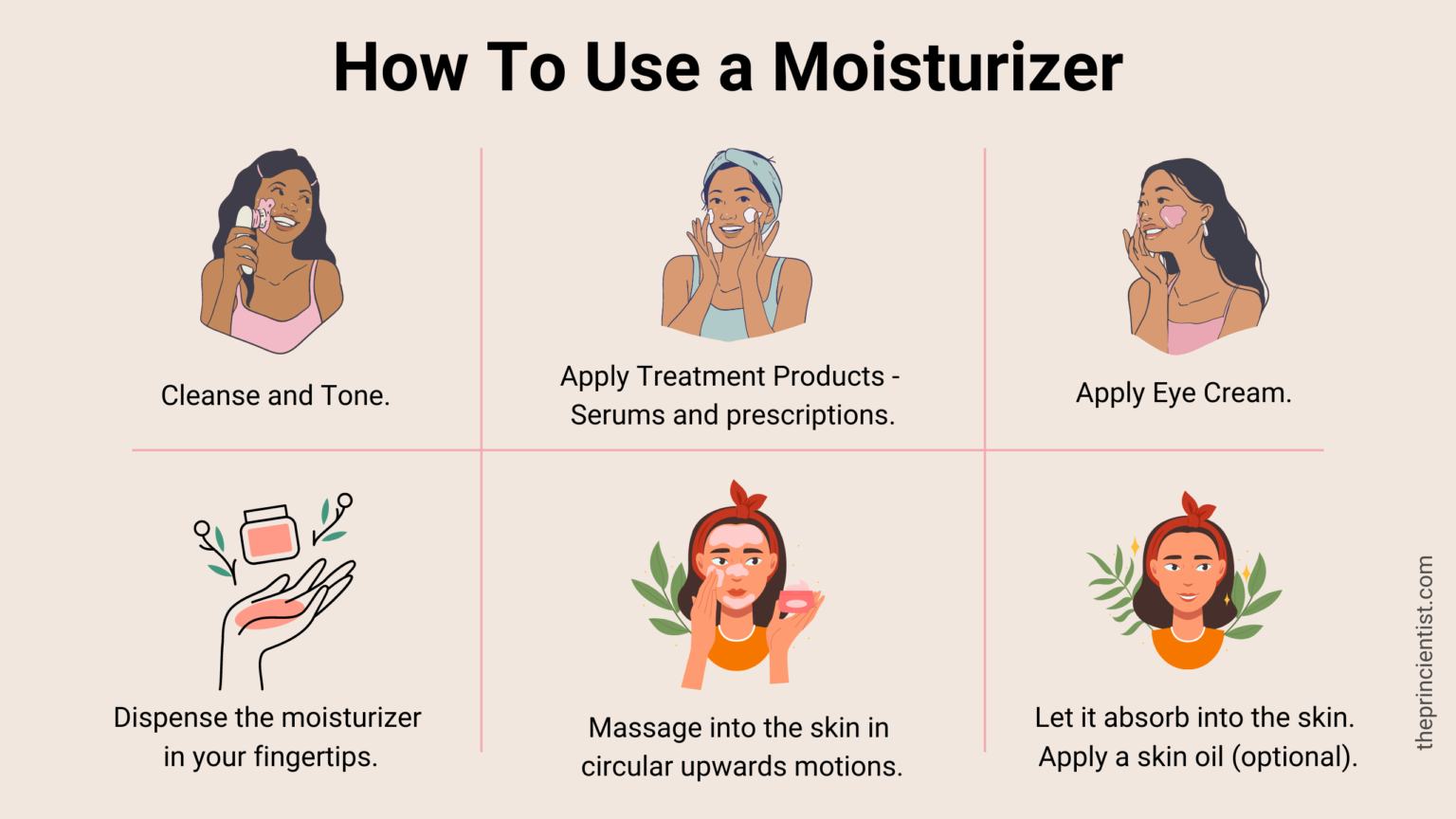
What to do after applying a moisturizer?
Now that you know what is a moisturizer and why it is necessary to use one the next step is to apply sunscreen.
Sunscreen should always be applied even if you are black to protect your skin health from burns or worse skin cancer.
It can be hard to choose the right sunscreen but fortunately, I have the right post to help you.
Read the complete guide on sunscreens below.
What is a sunscreen and how to choose the best sunscreen for your skin type. Find out why you need to use sunscreen even if you are black.
Read the complete guide to sunscreens.
Disclaimer: This article is informational only. This article does not provide medical advice, diagnosis, or treatment. Any information published on this website or by this brand is not intended as a substitute for medical advice, and you should not take any action before consulting with a healthcare professional. If you have questions or concerns about caring for your skin, you should make an appointment to see a board-certified dermatologist.
You Might Be Interested In
Skincare Products Made Easy – Article Series
What is an exfoliator. Differences between Chemical and physical exfoliators. How to choose an exfoliator for each skin type.
What toner do and why you need one. How to choose the right toner for your skin type.
